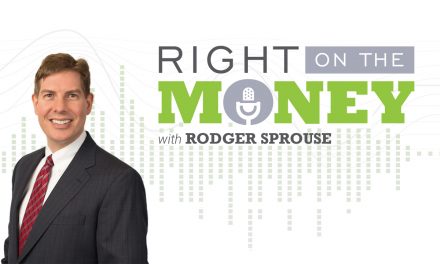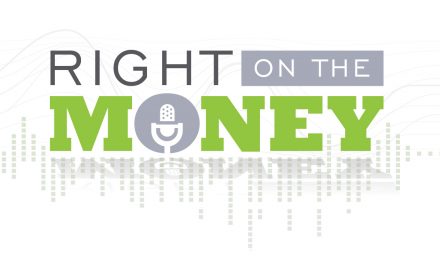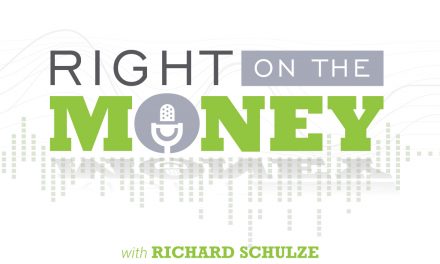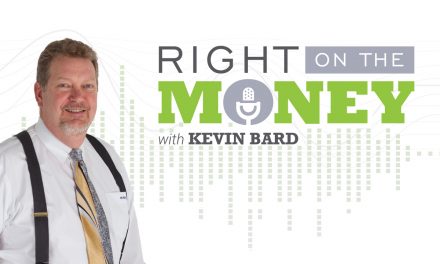New Retirement Model Shifts to an Income-Centered Retirement
Accumulating assets is no longer the end game. The end game is now all about income. What kind of income do your assets generate for retirement? Is your retirement income based on the earnings of your portfolio without invading the principal? Are you aware that many financial advisors have curtailed their safe withdrawal rate from their portfolio income to 3 percent?
If you’re attempting to live off the income generated from interest and dividends from your retirement portfolio, the rule of thumb may be 3 percent. Consider the painful reality that you’re holding hostage a million-dollar portfolio to generate $30,000 of annual income. Consider the illiquidity of that position for an investment opportunity that may arise, an unforeseen medical expense or elder care cost. If a million dollars has to remain quarantined to generate $30,000, then what is the lump-sump annuity for a 66-year-old retiree? It may be half that.
That could free up half the portfolio for continued investment in the market and a healthy reserve account for unforeseen costs that occur in retirement. The S&P 500 annualized return with dividends reinvested over the last 10 years was around 6.7 percent. What’s the risk? The “lost decade,” where the annualized return with dividends reinvested was around 1.5 percent—that’s the risk. Watch the interview on buying blocks of income with Tom Hegna, popular platform speaker, retirement specialist and best-selling author. Tom has two retirement books entitled Don’t Worry, Retire Happy and Paychecks and Playchecks. Tom has also hosted the PBS Special, “Don’t Worry, Retire Happy.”
In 2015, it was estimated 20 percent of the market’s dollars were invested in index funds. That means the vast majority of investment dollars were spread between mutual funds and ETFs. Most of them don’t beat the benchmark of the S&P 500 and cost more. The expense ratio and ancillary charges found in the statement of additional information may also cost 2 percent annually. So using the S&P 500 Index as a benchmark for annuity payouts seem fair enough, as long as you’re willing to incorporate market risk. And there’s the problem for risk-adverse retirees.
Purchasing blocks of guaranteed lifetime annuity income may be the most optimal solution for financial stability during retirement. You just can’t predict market returns during retirement. You don’t know what oil and gas are going to do. Even gold and silver prices can’t generate predictable income.
But here’s the real problem: the sequence of returns during the withdrawal period in retirement. The rules that apply during the accumulation of funds for retirement are not the same during the distribution of income from market assets. Many retirees may experience significant shortfalls, especially if they live beyond their expected mortality. Purchasing a guaranteed lifetime income annuity can take the sequence of returns risk off the table. It can remove market risk and safe withdrawal rate mistakes. It can also free up your portfolio principal for investing in the market as a hedge against inflation. The new retirement model is owning a guaranteed lifetime annuity income and not accumulating assets.
Nationally syndicated financial columnist Steve Savant interviews Tom Hegna, popular platform speaker, retirement expert and best selling author. Tom has two retirement books entitled Don’t Worry Retire Happy and Paychecks and Playchecks. Tom has also hosted the PBS Special, Don’t Worry Retire Happy.





